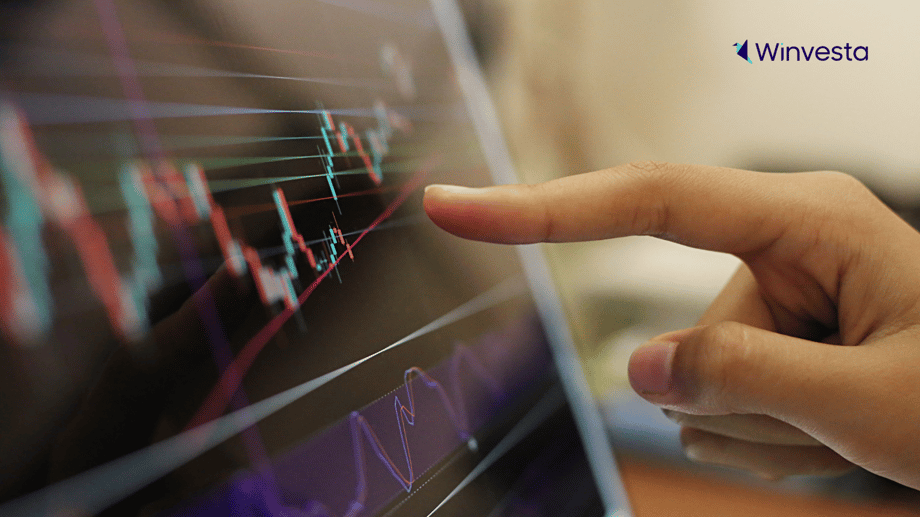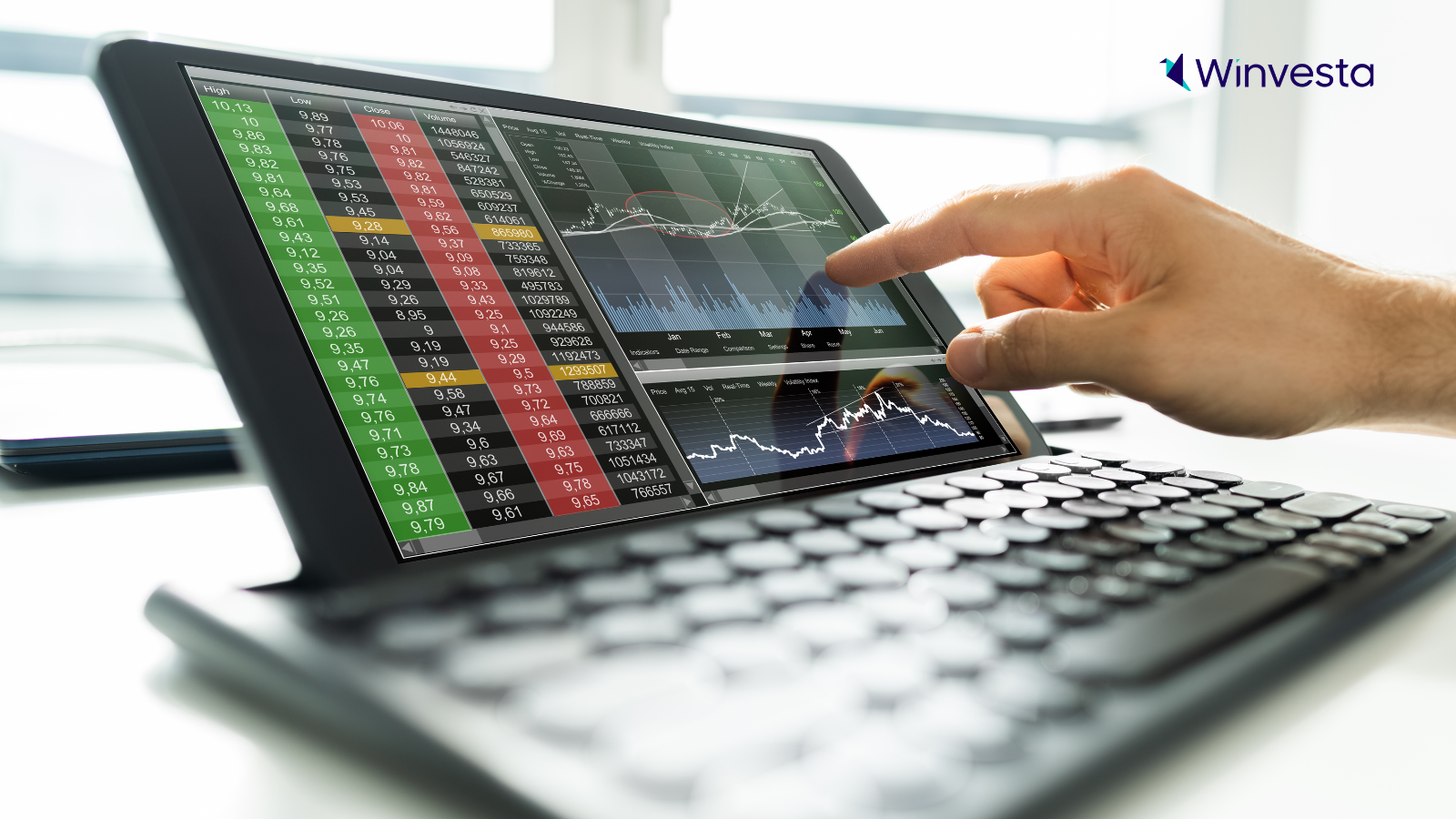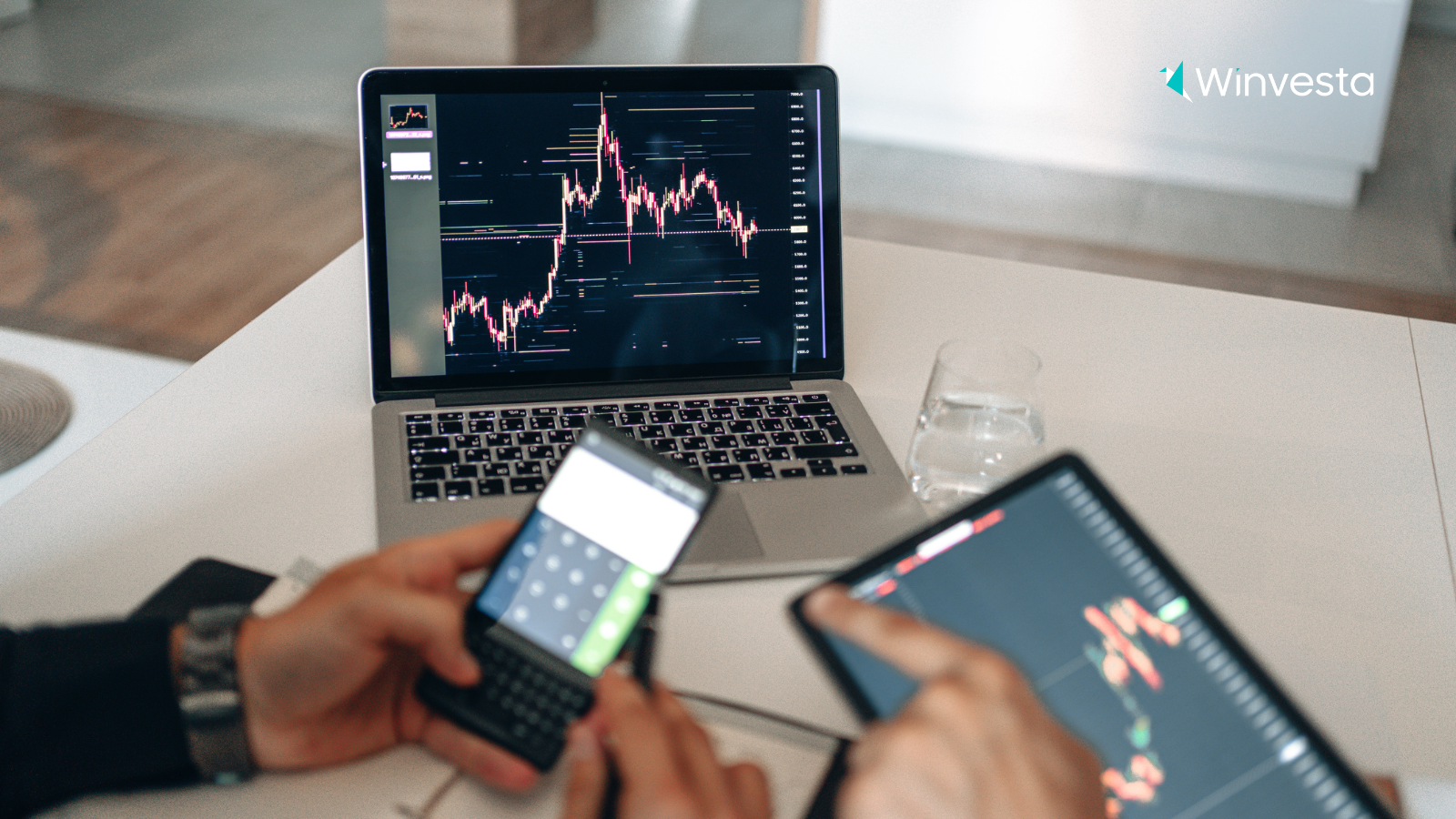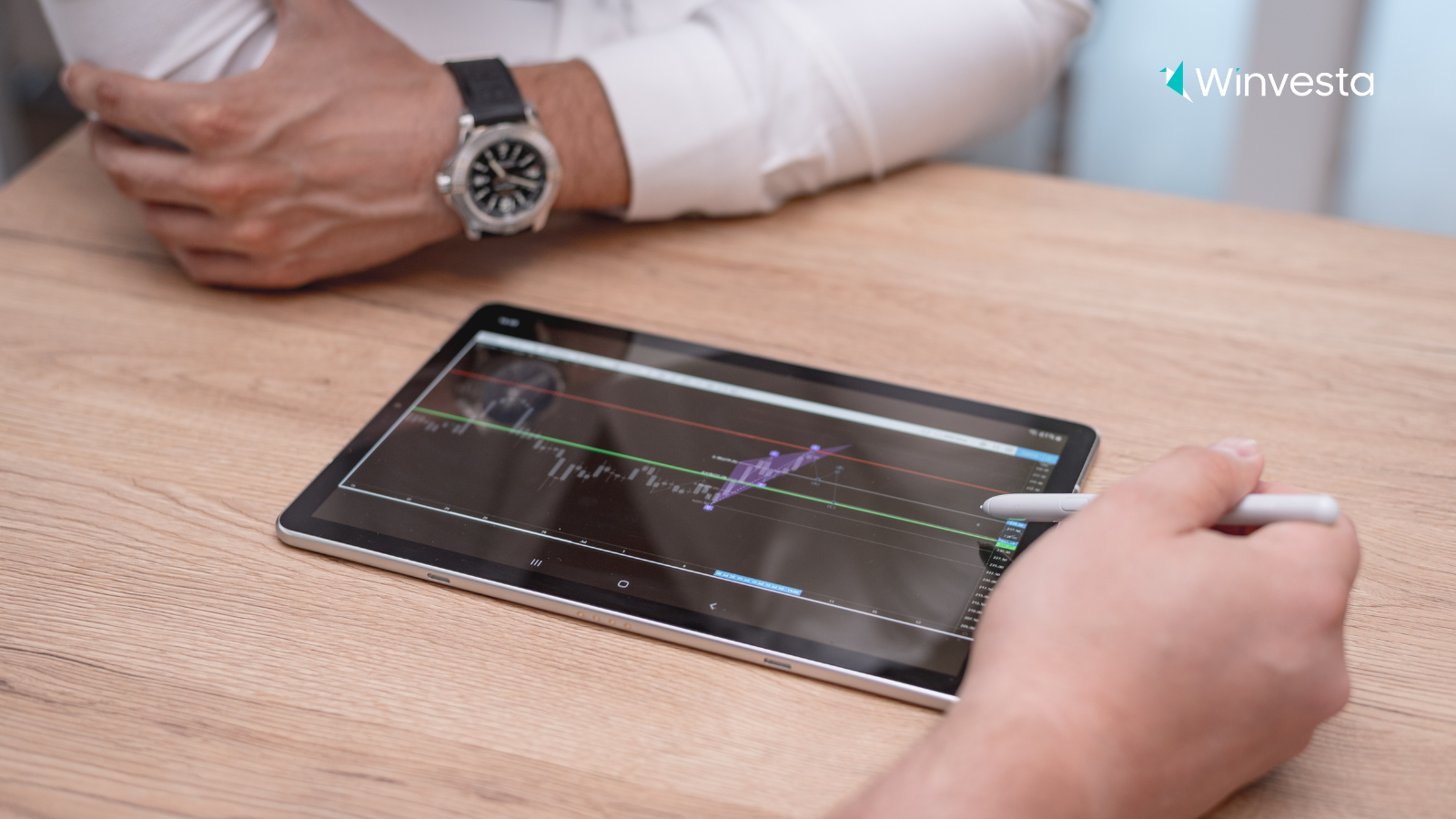Contents
Wall Street’s balancing act: How markets shrugged off a US credit downgrade
2 minutes read
20 May 2025

It was a Monday that began with a jolt. The news broke early: Moody’s had cut the US sovereign credit rating to Aa1, citing ballooning deficits and the growing challenge of refinancing debt at higher interest rates. Futures tumbled, and the mood on Wall Street soured. Yet, as the day unfolded, something remarkable happened—the market found its footing, and by the closing bell, stocks had clawed back most of their early losses.
This is the story of how the world’s most-watched stock market kept its cool in the face of a headline that, just a few years ago, might have sent shockwaves through global finance.
Investors weigh risk and resilience
The downgrade was not entirely unexpected. Moody’s move aligned the US with other major agencies, but it still stung, highlighting Washington’s persistent budget gaps and the risks of higher-for-longer interest rates. Bond yields spiked, with the 30-year Treasury briefly crossing 5%—a level that had rattled markets before.
Yet, as the morning wore on, yields eased and investors began to look past the immediate shock. “Markets are forward-looking machines,” said Sarah Lin, chief strategist at New York-based Altus Capital. “Much of this downgrade was already priced in. Investors are more focused on what comes next, like the potential for interest rate cuts if inflation continues to cool.”
Indeed, recent data has offered some hope. Softer inflation figures and a 90-day pause in US-China tariffs fuelled a rally in the previous week, with the S&P 500 up 2.6% and the Nasdaq 100 nearly 3% higher. Technology and consumer discretionary stocks led the charge, while defensive sectors lagged. But beneath the surface, caution is building.
Consumer sentiment plunged in May, with the University of Michigan’s index hitting its second-lowest reading on record. Inflation expectations remain stubbornly high, and freight costs are surging as trade flows adjust to the new tariff landscape. “The market is walking a tightrope,” explained Lin. “There’s optimism, but it’s fragile. Any negative surprise could tip the balance.”
Strategy shifts as volatility returns
With volatility back on centre stage, investors are rethinking their approach. Trading volumes have dipped, and technical signals suggest the market may be overbought after its recent run-up. The Fear & Greed Index shows a tilt towards confidence, but forward-looking models warn of possible negative performance in the week ahead.
Morgan Stanley’s Applied Equity Team sees 2025 as a “pause” year—expecting single-digit gains and plenty of swings as the bull market matures. “It’s too soon to declare the bull market over,” the team wrote in a recent note. “But this is a year for selectivity and discipline. Investors should focus on companies with strong earnings and solid balance sheets, and be wary of chasing momentum in overbought sectors.”
For now, Wall Street’s resilience stands out. After a rocky start, the S&P 500 is just 3% below its record high, and the market’s ability to absorb shocks—like a credit downgrade—offers a lesson in perspective. As Lin put it: “The headlines are noisy, but the fundamentals still matter. Investors who keep their nerve and stick to their strategy are likely to come out ahead.”.png?width=1600&height=900&name=Us%20stocks%20(55).png)
By the end of the day, the panic had faded. Wall Street had weathered another storm, reminding everyone that in markets, as in life, it’s not just the news that matters, but how you respond to it.
Disclaimer: The views and recommendations above are those of individual analysts or broking companies, not Winvesta. We advise investors to check with certified experts before making any investment decisions.

Ready to own a piece of the world’s biggest brands?
- Invest in 4,000+ US stocks & ETFs
- Fractional investing
- Zero account opening fees
- Secure and seamless
Start investing in just 2 minutes!

Build your global portfolio.
.png)
Invest in companies you love, like Apple and Tesla.

Track, manage, and grow your investments.



